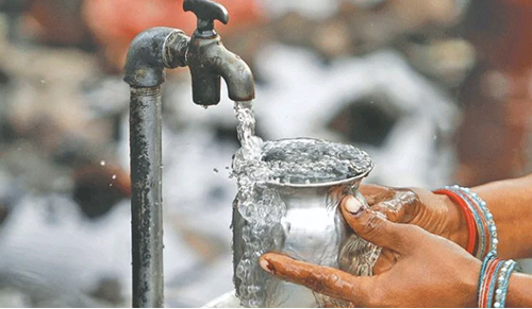
The goal of disinfection of public water supplies is the elimination of the pathogens that are responsible for waterborne diseases. The transmission of diseases such as typhoid and paratyphoid fevers, cholera, salmonellosis, and shigellosis can be controlled with treatments that substantially reduce the total number of viable microorganisms in the water.
Chlorination is the most widely used method for disinfecting drinking water supplies. The near universal adoption of this method can be attributed to its convenience and to its performance as a disinfectant, which is satisfactory at the most.
However, the discovery that chlorination can result in the formation of trihalomethanes (THM’s) and other halogenated hydrocarbons has prompted the re-examination of available disinfection methodology to determine alternative agents or procedures.
Enter – Chlorine Dioxide. Chlorine dioxide reacts with a wide variety of organic and inorganic chemicals under conditions that are usually found in water treatment systems. However, two important reactions do not occur. Chlorine dioxide per se does not react to cause the formation of trihalomethanes (THM’s). It doesn’t react with ammonia either, ensuring no formation of harmful by-products.
The method of choice for disinfecting water for human consumption depends on a variety of factors such as
- Its efficacy against waterborne pathogens (bacteria, viruses, protozoa, moulds, pseudomonas, and helminths);
- The accuracy with which the process can be monitored and controlled;
- Its ability to produce a residual that provides an added measure of protection against possible posttreatment contamination resulting from faults in the distribution system;
- The aesthetic quality of the treated water. This means the reduction in colour, taste &odour and overall improvement in quality.
- The availability of the technology for the adoption of the method on the scale that is required for public water supplies.
Chlorine Dioxide ticks all of the above boxes and hence has slowly started to become an accepted alternative to generic chlorination for disinfection of drinking water.
Even though chlorine and ozone have both been used to disinfect water in the past, chlorine dioxide is considerably more efficient at disinfecting water at small concentrations, which makes using this chemical cost effective as well.
Get in touch with us at info@purewaterent.net, to know more about our offerings for improving drinking water quality Help us help the country tackle this ongoing water crisis.

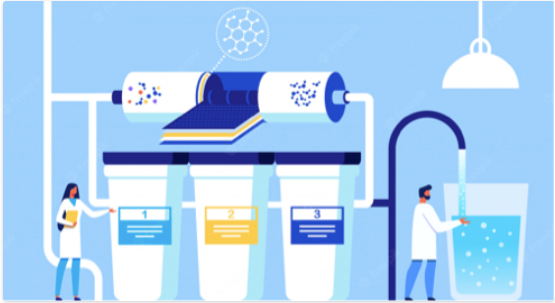
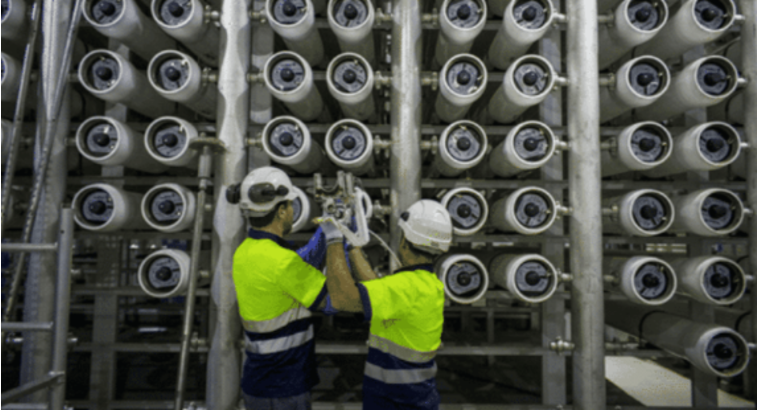
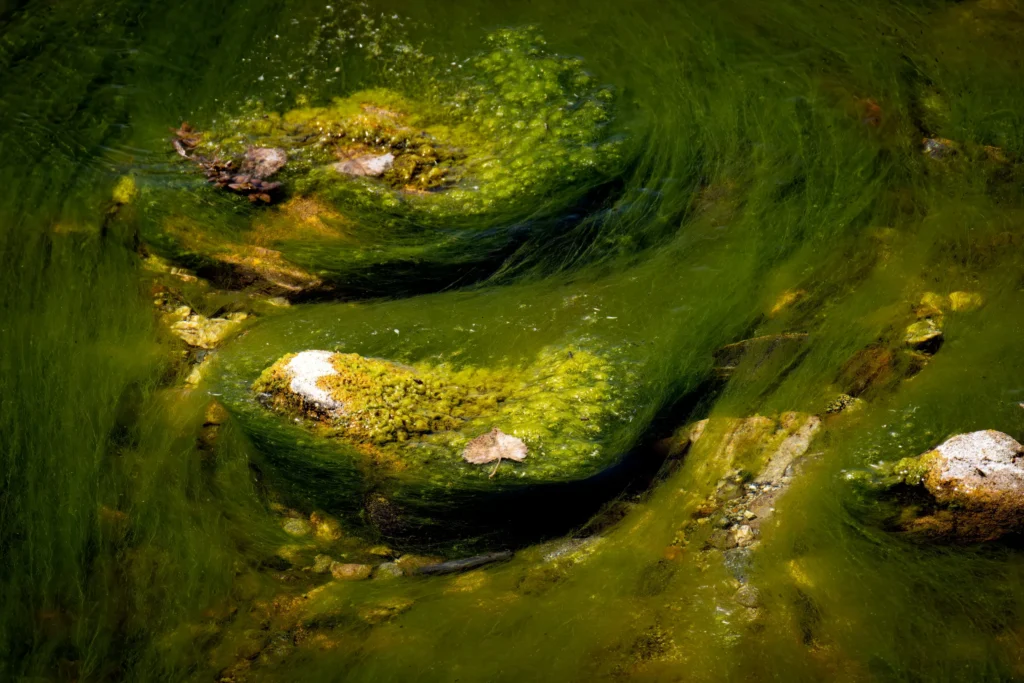
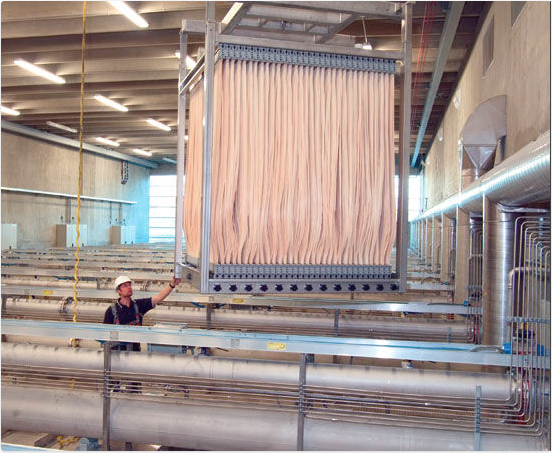

About The Author: Pure Water
More posts by Pure Water